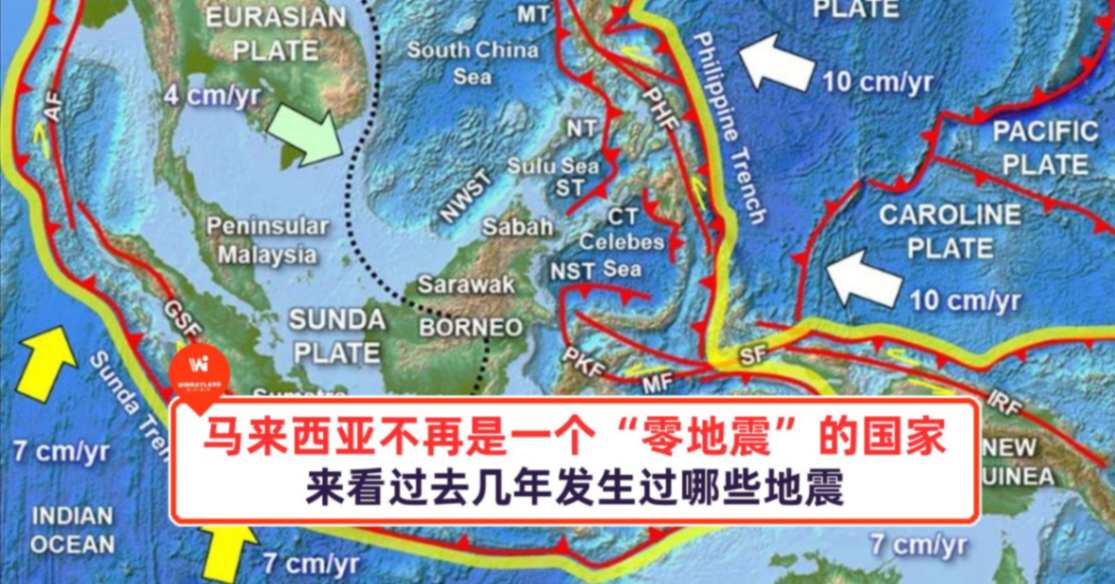Malaysia No Longer a “Zero-Earthquake” Country: A Look at Recent Quakes
Malaysia's recent earthquakes challenge its 'zero-earthquake' reputation, raising urgent questions about preparedness and safety standards.

@pocketimes 柔佛州北部的昔加末,今日(8月24日)清晨发生4.1级地震,虽然不到短短的1秒,之后还有居銮西北地区的余震,也足以让不少人感到惊吓,让国人再次意识到马来西亚不是“零地震国家”。 百格 Pocketimes 百格新闻 地震
♬ original sound - 百格 Pocketimes - 百格 Pocketimes
Malaysia’s Earthquake Myths Shaken by Recent Events 🌍
For many Malaysians, the idea of experiencing an earthquake was something out of a distant reality — a problem for neighbours like Indonesia but not for Malaysia itself. The belief in Malaysia as a zero-earthquake country has been ingrained for decades. However, recent seismic activity has started to disrupt this comforting narrative, raising alarms and important questions about our readiness and resilience.
Just imagine waking up to not one, but two tremors early one morning, as happened in Johor on August 24, 2025, with magnitudes 4.1 and 2.8 shaking communities from Johor to Pahang. These quakes were felt far beyond their epicenters, shattering the long-held assumption that Malaysia is immune to such natural forces.
Geological Underpinnings: Why Malaysia is Feeling the Quakes
Malaysia's position near the boundary between the Eurasian and Indo-Australian plates places it precariously closer to seismic zones than previously acknowledged. This tectonic proximity means that seismic ripple effects from significant quakes in Indonesia — like the 6.3 magnitude quake near Sulawesi in July 2025 — can indeed propagate into Malaysian territory.
Historical incidents reinforce this shift in seismic perception. The strong 6.0 magnitude quake in Ranau, Sabah, in 2015 left deep scars, claiming lives and forcing a national reckoning on disaster preparedness. Smaller, more frequent tremors in Pahang and elsewhere have silently been signaling the same trend for years.
Are We Prepared? The Urgent Safety Questions 🤔
The crux of this alarming evolution lies not just in seismic events but in the nation’s preparedness. Many buildings, especially older ones, were constructed without earthquake-resistant designs, as seismic risks were previously underestimated. It’s only since 2017 that new high-rise buildings have had to comply with updated seismic codes.
This lag in construction standards poses a serious hazard. What happens when a stronger quake strikes a city crowded with vulnerable buildings? The answer, unfortunately, could be catastrophic.
Furthermore, public awareness about earthquake safety remains low. Disaster drills, emergency kits, and basic survival knowledge are not widespread. This gap between growing seismic threats and our readiness must be urgently addressed.
Moving Forward: Proactive Measures for a Safer Malaysia
The clear takeaway is that Malaysia must proactively strengthen earthquake monitoring systems and enhance public education on disaster preparedness. Encouragingly, seismic design codes are in place for new constructions, but a far-reaching retrofit program and community preparedness campaigns are essential next steps.
With nature reminding us ever so clearly that no country is entirely safe from its forces, it is time for Malaysia to embrace a culture of resilience. This means asking tough questions about infrastructure, pushing for stronger policies, and fostering a populace ready to act swiftly and safely when the earth trembles.
Malaysia’s seismic story is evolving, and with it, so must our understanding and preparedness. ✨




